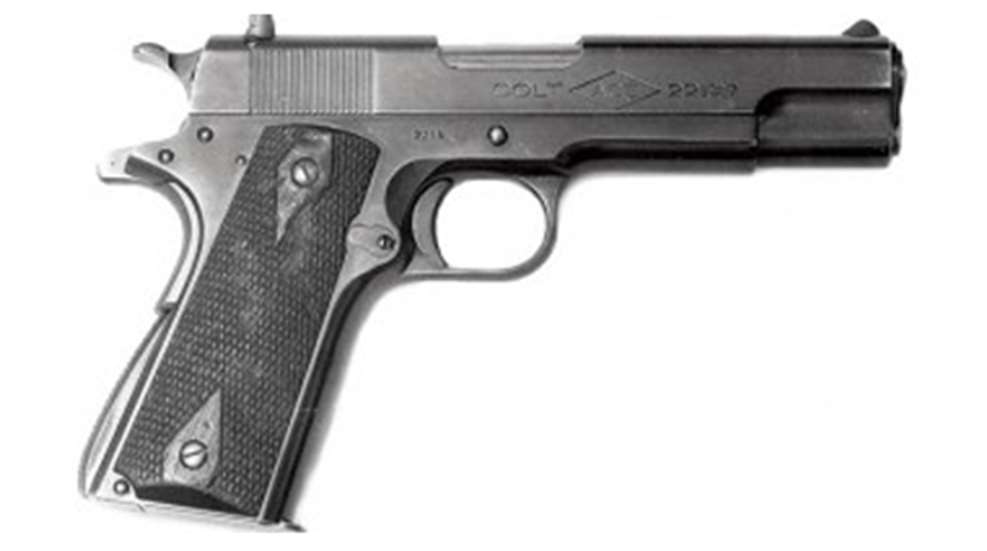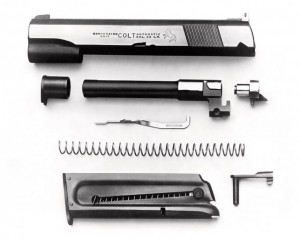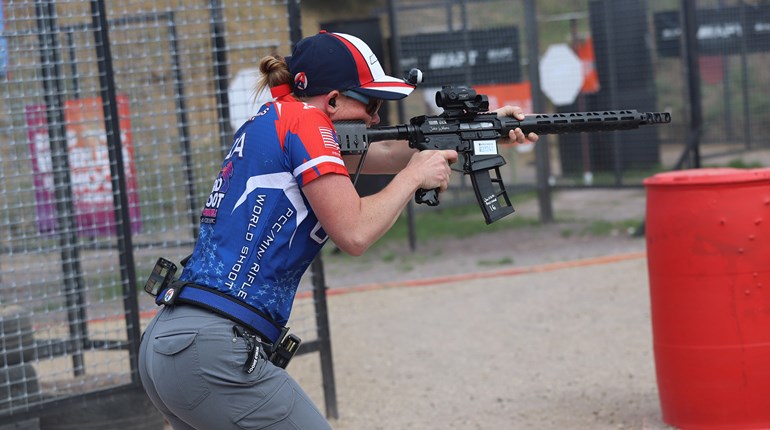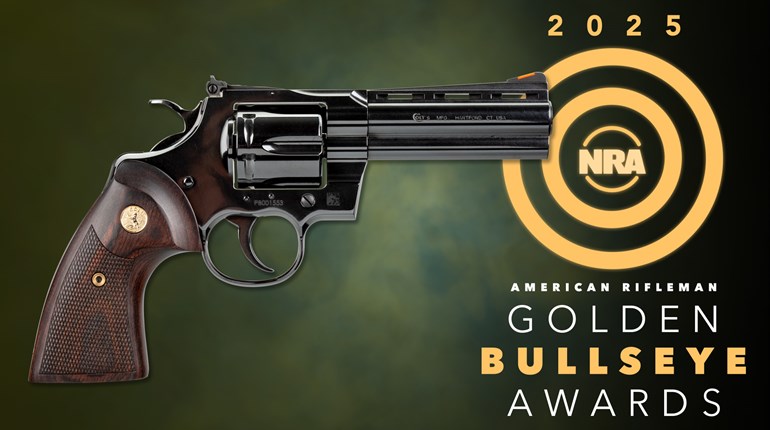
I was about to start my formal military education on the pistol. In those long-ago times, the pistol was THE pistol—that's U.S. Pistol, caliber .45, Model of 1911A1. This was the armament of every Marine officer and the Corps was insistent we all learn to manage the gun with some measure of skill. "We" means Basic School class 3-57, some 600 shiny new Second Lieutenants. On that first afternoon, we were marched onto the firing line and were ceremoniously assigned a firing point. Range staff had already placed a pistol on the bench at each point. I was surprised to see a small box of ammunition—50 .22 LR cartridges next to each handgun.
We were going to begin pistol training with .22s. Actually, this was smart, because it was much cheaper to do the great amount of shooting necessary to produce a decent marksman. For new shooters, the reduced noise and almost non-existent recoil also helped. So it was to be rimfires for our first few days, but what handgun? As I recall, the right side of that 50-point firing line had Colt Woodsman Target Models, a nice little pistol I never liked. The other half of the line had Colt Aces, a handgun with which I was well acquainted.
The history of the Ace begins in the late 1920s/early '30s era, when Colt manufactured everything with a very high order of fit and finish. Its 1911 pistol (and the 1911A1 variation) had a 20-year history of service to the Republic. Even in the civilian/law enforcement markets, the pistol sold well. Organized pistol matches grew in popularity, and they were often fired with the service .45 ACP. In 1929, Colt tried a variant of the 1911 in a new chambering, the high-velocity .38 Super. It was well accepted, so the next step was a full-size pistol in .22 LR. It was called the Ace and was marked with a different rollmark on the slide incorporating a prominent diamond with "ACE" inside. The Ace sold fairly well for Colt, although it proved to be very picky about the ammunition it digested. It also required close attention to cleaning. Many were sold to individuals, but government and law enforcement sales were also strong. Obviously, the main appeal of the 1911-size .22 was low-cost, low-noise, low-recoil training.
In 1937, Colt introduced a variation of the Ace known as the Service Model. This had improved adjustable sights and other minor changes. However, the major difference was a so-called floating chamber that recoiled away from the rest of the barrel to create increased rearward thrust. It usually worked better than the sometimes-problematic first model. Better yet, for training purposes the increased bump was not unlike a full-size 1911 chambered in .45 ACP.
The Service Model Ace is a colorful pistol, forever associated with the exploits of a contributing designer, David "Carbine" Williams. Both varieties of the pistol eventually led to conversion units. These devices consisted of a complete .22 slide and barrel assembly the user mounted on his .1911 frame. They were a good seller for Colt for many years. The old-time maker produced the Ace until 1947 and returned it to short-term production in the 1980s.
Colt's Ace pistol was produced for a number of years and always to the standards of a company profoundly associated with handguns. The life span of the Ace roughly matches the explosion of popularity in bullseye shooting in America. A third of the full course is fired with a .22 and another third with a .45. You would think the Ace—which handles and fires like the .45 ACP—would be popular with the bullseye crowd. I was personally active in this kind of shooting in the early '60s and never saw an Ace on the line. As nice as they were, they weren't competitive in the sense of accuracy and reliability. Better guns were available. Today, the Ace is an oddity, but is a must in a complete 1911 collection.
You may recall an earlier reference to my delight in finding an Ace on the bench when the Marine Corps began my formal pistol training. I was familiar with this type of gun, because it was the first firearm I ever shot.
My Dad was the custodian of a National Guard Armory that had a range in the basement. A genuine Colt Ace was part of armory property, and one day a long time ago, he put the pistol in my trembling hands and let me fire a few rounds. From time to time after that, I was allowed a few rounds of scarce World War II-era .22 LR ammunition. Surely I was much younger than most beginners, but I was closely supervised. Dad never allowed shooting for the sake of shooting; he demanded hits on the paper or the session was over. Naturally, I loved to shoot, so I paid attention to what he had to say about sight alignment and trigger control. I am not so sure, but there might be a lesson here for today's beginners.
I was graced by divine providence with a father who understood, channeled and nurtured my childhood attraction to firearms in general and handguns in particular. A career soldier with service in major and minor wars of the early 20th century, he is buried in plot no. 1911 of Riverside National Cemetery. He was the beginning in a long life of dealing with fightin' iron.






































